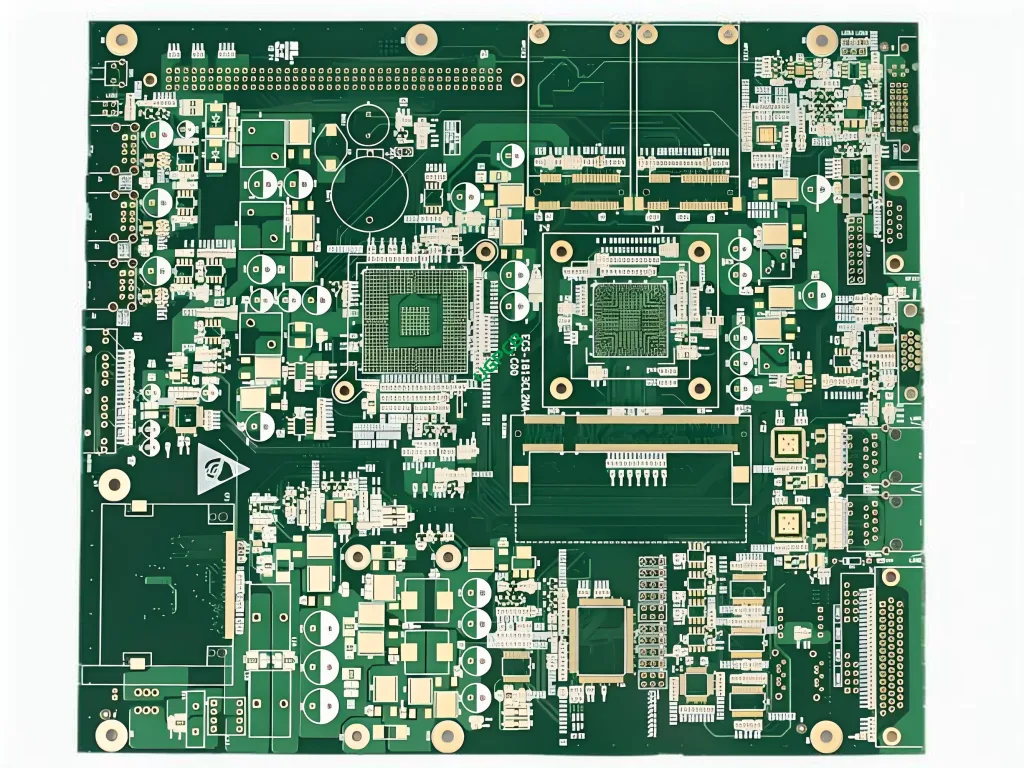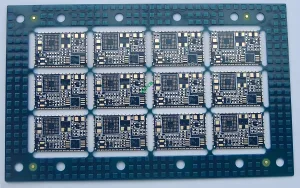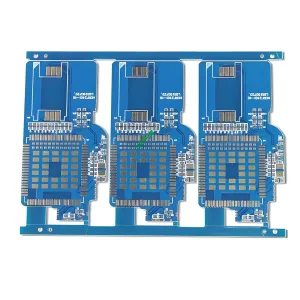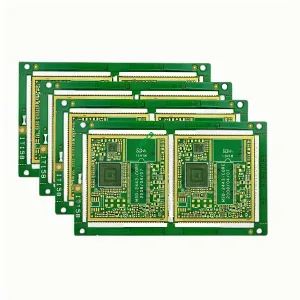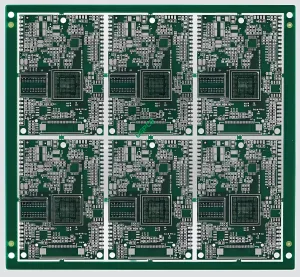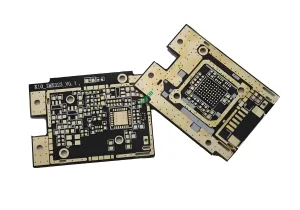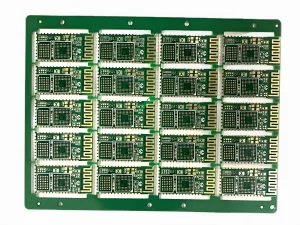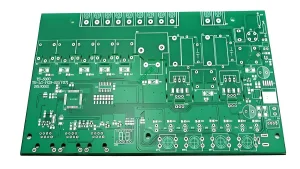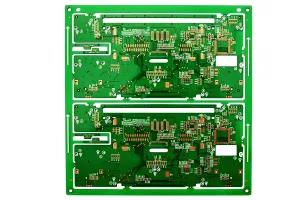Introduction to the Industrial Controller PCB
The Industrial Controller PCB is a robust and reliable printed circuit board designed specifically for industrial control systems. It ensures stable and efficient operation in demanding environments, making it essential for various industrial applications.
What is an Industrial Controller PCB?
An Industrial Controller PCB, oder Leiterplatte, is a specialized electronic board used in industrial control systems. It houses various components and provides the necessary interconnections to ensure the proper functioning of industrial machinery and processes.
Entwurfsanforderungen
The design requirements for an Industrial Controller PCB are critical to ensure its reliability and performance:
- Material: EM-82, chosen for its durability and excellent electrical properties.
- Schichtzahl: 4 layers to accommodate complex circuit designs.
- Farbe: Black/White for easy identification and aesthetic appeal.
- Fertige Dicke: 1.6mm to provide structural integrity without being overly bulky.
- Kupferdicke: 1OZ to ensure adequate conductivity.
- Oberflächenbehandlung: Eintauchen Gold, um die Lötlichkeit und Korrosionsresistenz zu verbessern.
- Mindestspur und Raum: Both 6mil (0.15mm) Fine Schaltungsmuster zu unterstützen.
- Merkmal: Hole copper is larger than 25um for better electrical connectivity.
Wie funktioniert es?
The Industrial Controller PCB works by providing a platform for various electronic components to be interconnected through conductive pathways. Diese Wege, oder Spuren, sind aus Kupfer und sind auf die Brett geätzt. The immersion gold surface treatment ensures that these traces remain conductive and resistant to environmental factors.
Anwendungen
The primary application of the Industrial Controller PCB is in industrial control systems where it manages and regulates the operations of machinery and processes. Dies schließt:
- Automated manufacturing systems
- Industrial robotics
- Process control systems
- Machine tool controllers
Einstufung
Basierend auf seinen Funktionen und Anwendungen, the Industrial Controller PCB can be classified as a high-reliability PCB designed for industrial use. This classification highlights its capability to withstand harsh industrial environments.
Materialzusammensetzung
The core material used in the Industrial Controller PCB is EM-82, a high-performance laminate material known for its excellent mechanical, Thermal-, und elektrische Eigenschaften. This material ensures that the PCB can withstand the demands of industrial applications.
Leistungseigenschaften
The performance characteristics of the Industrial Controller PCB include:
- Hohe Zuverlässigkeit
- Hervorragende Signalintegrität
- Vorgesetzter thermisches Management
- Robuste mechanische Stärke
- Langfristige Stabilität
Strukturelle Details
The structural details of the Industrial Controller PCB are as follows:
- Schichtzahl: 4 Schichten
- Fertige Dicke: 1.6mm
- Kupferdicke: 1OZ
- Minimum Trace Width: 6Mil (0.15mm)
- Minimum Space Between Traces: 6Mil (0.15mm)
- Oberflächenbehandlung: Immersionsgold
- Hole Copper Thickness: Larger than 25um
Funktionen und Vorteile
The key features and benefits of the Industrial Controller PCB include:
- Interkonnektivität mit hoher Dichte
- Hervorragende Signalintegrität
- Robuste mechanische Konstruktion
- Zuverlässige langfristige Leistung
- Ästhetische Farboptionen (Black/White)
Produktionsprozess
The production process of the Industrial Controller PCB involves several steps, einschließlich:
- Materialauswahl: Choosing high-quality EM-82 material.
- Schichtstapel: Arrangieren die 4 Schichten mit Präzision.
- Radierung: Entfernen Sie überschüssiges Kupfer, um die gewünschten Spurenmuster zu bilden.
- Überzug: Aufbringen von Einstimmungen Goldoberflächenbehandlung.
- Montage: Einbeziehung von PTHs und VIAS für Schichtverbindungen.
- Testen: Sicherstellen, dass die PCB alle Leistungsspezifikationen erfüllt.
Anwendungsfälle
The Industrial Controller PCB is used in various scenarios, wie zum Beispiel:
- Automated manufacturing lines
- Industrial robot control systems
- Process control equipment
- Machine tool automation
Zusammenfassend, the Industrial Controller PCB is a sophisticated and reliable component designed to meet the demanding requirements of industrial control systems. Its high-density design, excellent performance characteristics, and robust construction make it an essential part of any advanced industrial setup.
 UGPCB-LOGO
UGPCB-LOGO

